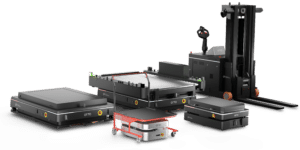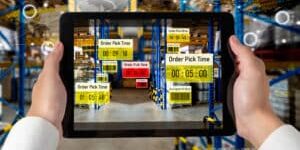Like what you see?

Every day in mass media we hear about labor challenges in the US workforce. We also often hear polarized opinions on the role of automation in this current labor economy – some saying automation is causing employment issues, and others toting it as the logical result of employment issues. To help clear the air on the matter, this article will make the case that the real goal is to frame automation as a beneficial resource that can address challenges with other resources – mainly employee availability and retention, these days. Further, we believe that human labor and automated solutions can happily coexist in today’s supply chain, specifically when solving for total operating costs.
The Near-Future US Labor Landscape
Despite all of the turmoil experienced in the last few years, the US Bureau of Labor Statistics recently declared that the economy is on a sustained growth track and forecast to add 8.3 million jobs between 2021 and 2031. While the domestic manufacturing sector was hit particularly hard in 2020, employment levels have clawed back to 2019 levels and grown even higher, as shown in the below graph.

Fig. 1 – US Dept. of Labor Manufacturing Job Levels
We can certainly be proud of and elated at the sheer force of will that US manufacturers have displayed in recent times, creating opportunities for our workforce while reinforcing local supply chains. Though the future is bright for manufacturing employment demand, actual employee recruitment is increasingly difficult to the point that it is threatening the industry’s future potential. London-based international market consultants Deloitte LTD recently published their 2023 Manufacturing Industry Outlook report, which offers a wary perspective on upcoming manufacturing hiring challenges with the below quote:
“Despite a record level of new hires, job openings in the [manufacturing] industry are still hovering near all-time highs. Additionally, voluntary separations continue to outnumber layoffs and discharges, indicating substantial workforce churn. This prevailing workforce shortage, elevated by supply chain limitations, is reducing operational efficiency and margins.”
How do manufacturers react to this outlook, seeing both steady growth opportunity and persistent employment challenges occurring side by side? We believe that the answer lies in considering the aggregate future of work across all sectors, which is increasingly pursuing work attributes that are largely incompatible with manufacturing jobs as we know them today.
If work generally is trending towards flexible, remote, technological, and digital schemes, it’s only a matter of time before this trend significantly eats away at worker populations available to the manufacturing sector. On top of more typical recruitment challenges such as wage competition, local population sizes, and socioeconomic factors, all trends appear to point towards a future of work that will require manufacturers to rethink how they manage their exposure to labor risks.
As this article centers on the cost considerations between human and automated labor in material handling environments, let’s next turn our attention towards how automation can help address these labor market trends.
Reallocating, not Replacing, our Human Talent
We believe that the ideal perspective on automation is to picture it as both a tool and a resource – a tool that can be used to improve the lives of our existing employees, and a resource that can fill the gaps created by a tough labor market. Changing our thinking about automation away from the traditional ‘buy equipment, fire employees’ mentality may be difficult at first, but will serve business owners much better in the long run. Below are four ideas to help kickstart this new thought process.
- Purposefully examine where current employees can be better utilized within the organization. Very likely, laborious positions can be replaced with automated solutions, freeing up human employees to be reallocated to higher skill positions.
- Consider that future hiring needs will likely be easier to fill for work that is technical, digital, and knowledge-based in nature. For this reason, investment capital may be more strategically targeted towards upgrading laborious workflows which will continue to be harder to staff.
- Prepare for higher employee turnover and difficulty in retention, designing staff-level jobs with churn in mind. With that said, make attempts to provide visible advancement opportunities above these staff-level positions towards enriched, stable, persistent, rewarding roles, attracting those more aligned with longer duration tenures.
- Consider and outwardly position automation investments as opportunities for employee development, not purely as employee displacement. Employees who can shift to roles co-working with, or managing over, automated solutions will gain a sense of investment and participation, instead of feeling outright dispossessed by the process.
We fully understand that much of this may sound like pie-in-the-sky dreaming, but we have practical experience employing these strategies in manufacturing businesses with great success. Below we’ll give several examples of how you can do the same, along with their specific cost benefits.
Strategic Balancing of Automation vs Labor Costs
Let’s share several examples of actual projects where automation was deployed as a strategic solution to labor cost challenges.
Case 1 – Automated Palletizing System
A case pick warehouse needed to increase its pallet assembly throughput but was having difficulty hiring enough employees to build pallets by hand. The owners opted to install an automated palletizing system, achieving their necessary throughput increase while also eliminating their existing manual pallet building stations (as well as offsetting the need to add any more manual stations in the foreseeable future). This project provided the following cost benefits while successfully repurposing all of their existing human talent without any layoffs:
- Reduced the need for temporary staff, cutting external costs.
- Expanded the line supervisor’s role to manage the new palletizer’s performance.
- Eliminated the need to fill (4) vacant positions for night shift case handlers.
Case 2 – Autonomous Vehicles in a Pallet Warehouse
A frozen food ingredient manufacturer was finding it very hard to hire and retain forklift operators for their frozen pallet storage warehouse. Employees did not care for the low temperature environment, despite the owners providing heated cab lifts trucks. The main issue was human error that would cause operators to frequently exit their vehicles, exposing them to the cold temperature. Ownership decided to invest in (4) autonomous guided vehicles (AGV forklifts), moving all forklift operators out of the frozen warehouse entirely. Benefits included:
- (4) AGVs performed the work of (6) standard forklifts operators, replacing indefinite payroll costs with a (5) year equipment loan, and achieving a 2.3 year ROI.
- (2) of the existing forklift operators were reassigned to be responsible for inputting and managing the AGV fleet’s daily order picks via new user-friendly software.
- The remaining (4) operators were reassigned to the dry warehouse, offsetting costs to fill open positions there.
- As a bonus, when the company later added a graveyard shift to keep up with demand, no additional employees were needed – the AGVs were used to automatically pull and stage orders overnight, and the night production supervisor was trained to periodically monitor their activity.
Case 3 – Replacing Conventional Racking with an AS/RS System
A large regional distributor faced the need to expand their warehouse in order to increase both storage volume and throughput. Comparing cost options, it was discovered that constructing a new warehouse to fill with conventional racking was 15% less expensive than replacing the existing conventional racking with a fully automated storage and retrieval system (AS/RS). Though more expensive up front, the AS/RS solution would save significant labor costs in the long run, as the automation replaced over a dozen order pickers per shift. The AS/RS was installed and all existing staff were redeployed, much to their satisfaction.
- Using Goods-to-Person technology, the automated system handled picking case units and bringing to a central order building station which substantially cut fulfillment costs.
- All existing order pick staff were retrained to perform all end-of-line tasks, vastly improving warehouse throughput with the same number of employees as each can now contribute across the entire workflow.
- Staff members were previously tasked with singular roles such as forklift operator, picker, or pallet processor – now one employee working at the end of the line can manage entire orders from case to pallet to truck and be responsible for overall performance of their orders. This greatly improved working conditions and employee job satisfaction by streamlining and expanding each job.
MH Equipment is one of the largest material handling service providers in the United States, with 33 locations and over 900 employees serving customers in 10 upper Mid-West and Eastern states. Our mission is to deliver exceptional service in material handling equipment sales, service, rental, certification & training, emergency response, and engineering. From complete fleet management to warehouse design, vehicle sales to roadside response, our local experts are here to serve your needs. For more information or to discuss your application, please call us at (308) 210-7387, visit our website here, or email us here.
We are here to help.
Count on our friendly support team to provide the guidance you need. (614) 871-1571
